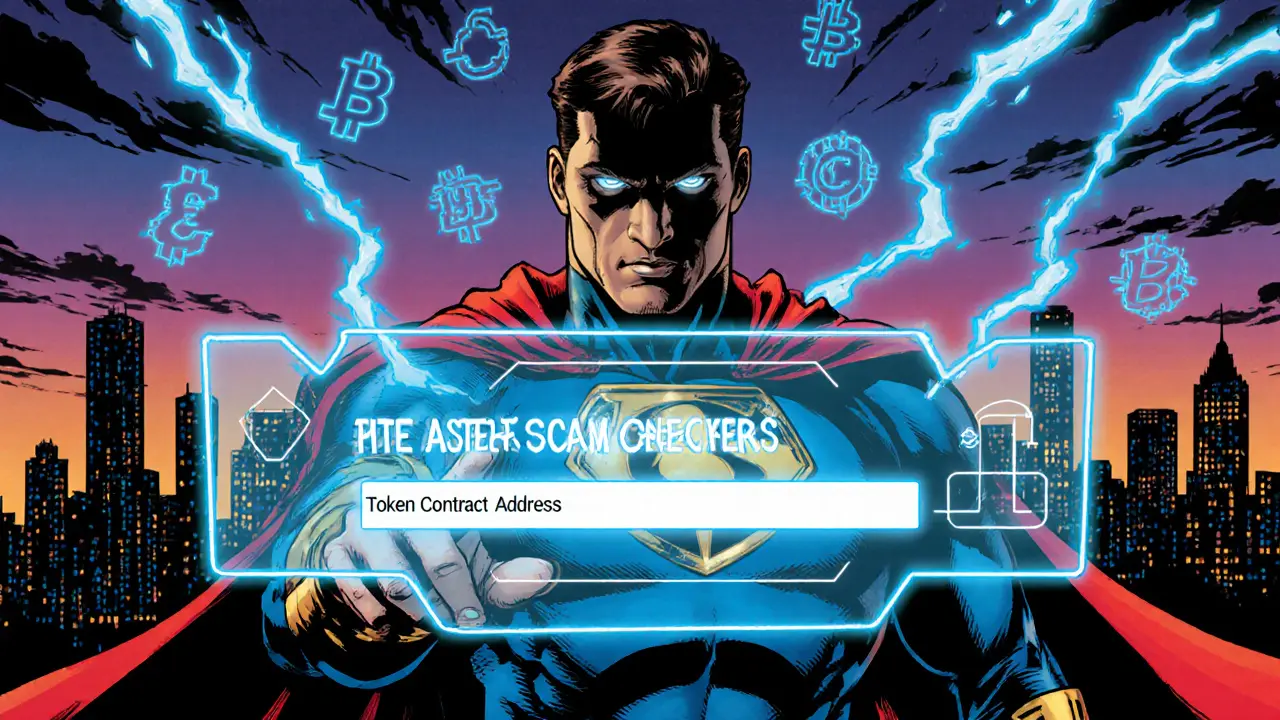When dealing with ASTER scam, a fraudulent scheme that pretends to involve the ASTER cryptocurrency. Also known as ASTR scam, it typically tricks investors with fake token promises, bogus airdrops, or misleading price data. The ASTER scam often borrows credibility from legitimate projects, making it hard to tell fact from fiction at a glance.
One common weapon in an ASTER scam is airdrop fraud, a deception where scammers promise free tokens in exchange for personal information or a small payment. By advertising a "limited‑time ASTER airdrop," scammers create urgency and lure users into sharing wallets or sending crypto. The result is a rapid loss of assets before the fake offer disappears. Recognizing the pattern—unverified source, unusual request for funds, and a push for immediate action—can stop the scam before it spreads.
Even if the airdrop is a smokescreen, the underlying platform’s exchange security, the set of safeguards a crypto exchange uses to protect user funds and data plays a crucial role. A weak exchange with poor KYC checks or lax withdrawal limits gives scammers a smooth road to siphon away tokens once users sign up for the fake ASTER offer. Strong security measures—multisig withdrawals, real‑time monitoring, and rigorous token vetting—reduce the chance that an ASTER scam can succeed on that platform.
Beyond the immediate fraud, an ASTER scam can distort the market manipulation, activities that artificially inflate or deflate a crypto’s price for profit of the attackers. By flooding social media with false price alerts or creating fake trading volume, scammers push the ASTER token’s market cap up or down, confusing genuine investors. This manipulation not only harms those who buy at the inflated price but also erodes trust in the broader crypto market.
Regulatory oversight ties all these pieces together. When agencies tighten crypto regulations, rules that require exchanges to verify users and report suspicious activity, the window for ASTER scams narrows. Clear licensing requirements, mandatory audit trails, and rapid takedown procedures force scammers to operate in the shadows, making their schemes easier to detect and shut down.
Detection tools add another layer of defense. Privacy‑oriented analytics like blockchain explorers, combined with surveillance tech that flags abnormal token flows, help investigators spot an ASTER scam in its early stages. When a wallet suddenly receives a large ASTER‑related token batch without a known source, or when a new token appears on a whitelist without proper verification, the system raises an alert. Users who stay informed about these signals can avoid handing over their keys or funds.
To keep your crypto safe, follow a quick checklist: verify the airdrop source on official channels, use an exchange with proven security practices, watch for sudden price spikes that lack news backing, and stay updated on the latest regulatory guidance in your jurisdiction. By applying these habits, you cut the odds of falling victim to an ASTER scam and protect the broader ecosystem. Below you’ll find a curated set of articles that dive deeper into each of these topics, from modular blockchain architecture that can make scams harder to execute, to detailed exchange reviews and regulatory guides that help you stay one step ahead.

Learn what the fake Aster (ASTER) crypto coin is, how scammers copy the real Aster DEX, warning signs, and steps to protect your wallet from crypto drainer scams.